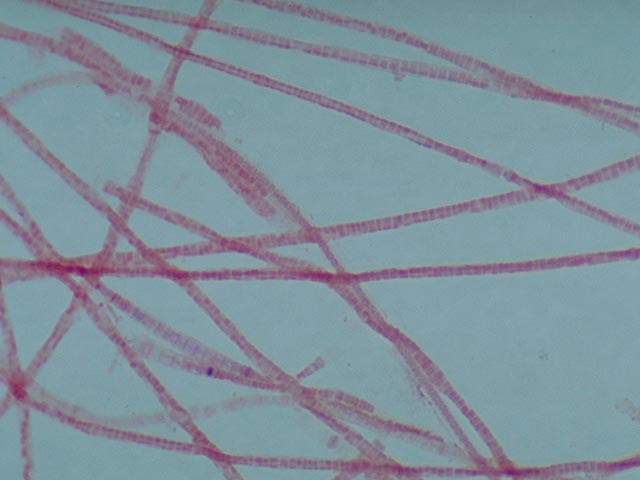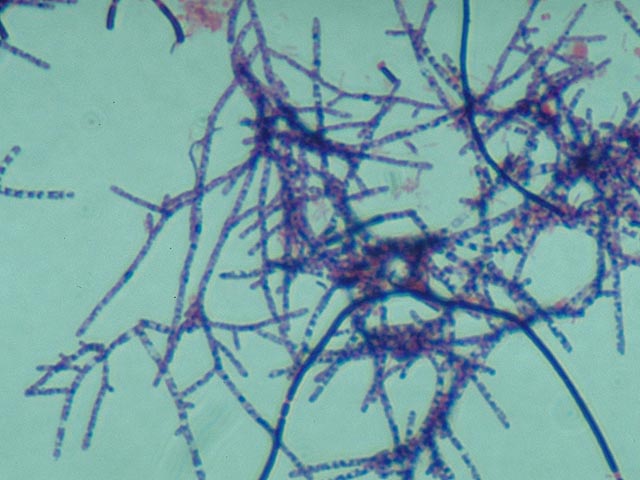Gram staining is an indispensable aid when identifying bacteria. This staining first colors the bacteria blue using crystal violet. The cells are then washed with an alcohol solution. The cells of some bacterial strains re-release the absorbed blue dye during this process. These bacteria are known as Gram negative. In the case of Gram positive bacteria, the absorbed crystal violet cannot be removed by washing with alcohol. The colorless Gram negative bacteria are subsequently re-stained with safranine, which gives them a red color. This is the result of differences between Gram positive and Gram negative bacteria in the composition of the cell wall.
Results
Gram negative and Gram positive bacteria stain red and blue, respectively (See Below). The blue color can vary from light blue to almost black. Sludge from high loaded plants are mostly comprised of Gram negative bacteria, while many Gram positive strains are also present in sludge from lower loaded plants. The presence of Gram positive species contributes to a more robust floc. Fungi and protozoa/metazoa do not stain evenly, or not at all, with this staining method.
For some filamentous bacteria, particularly Type 0041, not all parts of a filament stain in the same manner. This is usually caused by the attachment of other bacteria to the filaments. These bacteria screen off the filaments to some extent so that the blue stain cannot be sufficiently absorbed. When assessing the result of the staining in such a case, attention is principally paid to the ‘clean’ tip of the filament. The result of the staining depends upon the age of the cell for some species. Young cells stain red whereas older ones stain blue. This can also result in two colors occurring in one filament.


Gram Negative Gram Positive


